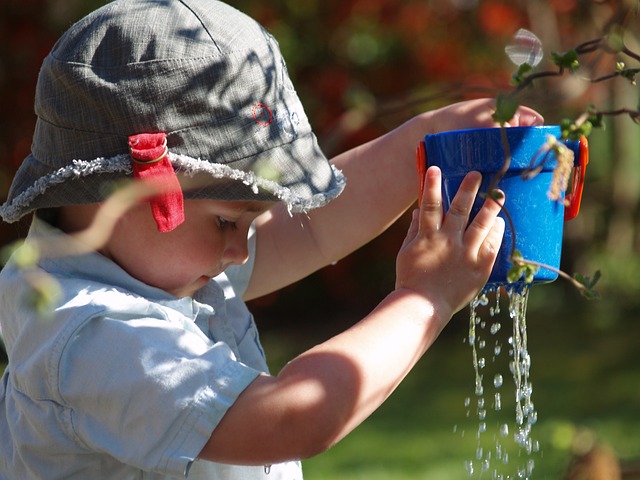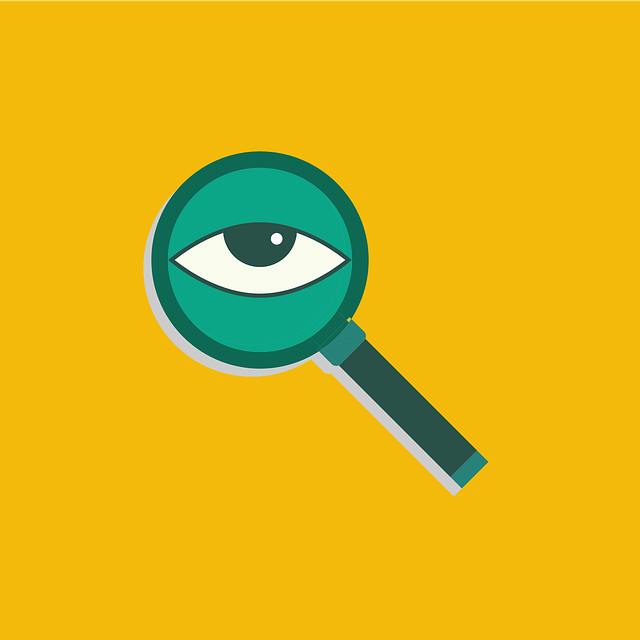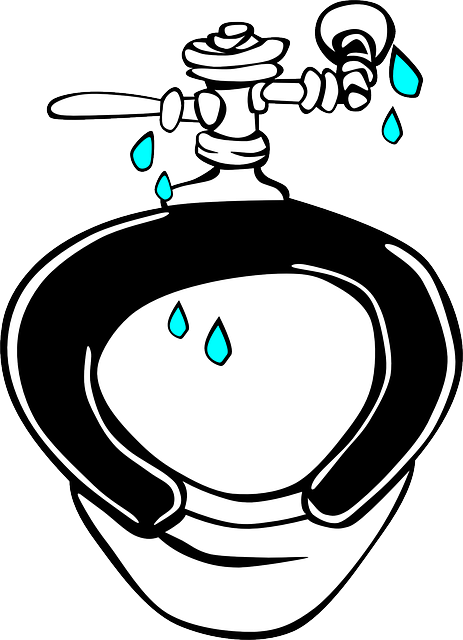Water leakage is a silent yet devastating issue, causing structural damage, health risks, and high bills. Traditional detection methods are slow and costly for larger properties. However, recent advancements in technology have introduced affordable leak detection solutions, such as smart water meters and sensors that monitor usage in real-time and detect even tiny leaks. These innovative tools, accessible to both homeowners and businesses, empower proactive management, saving money and protecting buildings from severe water damage. Case studies demonstrate their effectiveness, with examples like identifying 70% of potential leaks in an apartment complex and reducing water bills by 25% in a school district. Future solutions leverage IoT devices and machine learning for even more efficient affordable leak detection.
Water leaks can cause significant damage, from minor water waste to severe property destruction. Understanding common causes and the impact of water leakage is the first step towards effective prevention. This article explores traditional leak detection methods, the rise of affordable technologies, smart home devices for conservation, choosing the right system, successful case studies, and future trends in water leakage monitoring. By embracing innovative solutions like affordable leak detection, homeowners can protect their properties and conserve precious resources.
Understanding Water Leakage: Common Causes and Impact

Water leakage is a common yet often overlooked issue that can have significant impacts on both residential and commercial properties. Understanding its causes and effects is crucial for prompt action to prevent extensive damage and costly repairs. Common causes of water leaks include outdated or damaged pipes, faulty fittings, poor plumbing design, and environmental factors such as freezing temperatures. These issues can lead to gradual seepage or sudden bursts, causing various problems like mold growth, structural damage, and sky-high water bills.
The impact of water leakage extends beyond financial concerns. Prolonged exposure to moisture can compromise the integrity of buildings, leading to costly renovations and repairs. In severe cases, it may even pose health risks by creating conducive environments for bacterial growth and the proliferation of pests. Fortunately, affordable leak detection services have become more accessible, enabling property owners to identify and address issues early on, minimizing potential disasters.
Traditional Leak Detection Methods: Pros and Cons

Traditional leak detection methods have been in practice for decades, relying on visual inspections and manual checks. Pros include their simplicity and affordability, making them accessible for home owners. However, they are time-consuming, often requiring multiple rounds of inspection to pinpoint the source, leading to potential water damage during the process. These methods also rely heavily on the expertise of the inspector, which can result in missed or misdiagnosed leaks.
Cons include their lack of real-time monitoring and continuous assessment, making them inadequate for commercial or large residential properties. Traditional methods are also limited in their ability to detect subtle or hidden leaks behind walls, under floors, or within complex plumbing systems. This often leads to delayed repairs, increased water waste, and higher repair costs, negating the initial affordability of these solutions.
The Rise of Affordable Leak Detection Technologies

In recent years, the landscape of water leak detection has undergone a remarkable transformation with the rise of affordable technologies. Traditional methods, once costly and time-consuming, have made way for innovative solutions that are both efficient and economical. Today, property owners and managers can benefit from advanced sensors, wireless connectivity, and real-time monitoring systems that detect even the smallest leaks with unparalleled precision.
This shift towards affordable leak detection is driven by the increasing awareness of water conservation and the need to minimize waste. Modern technologies offer seamless integration into existing plumbing systems, enabling early identification of potential issues before they escalate into costly repairs or significant water damage. As a result, homeowners and businesses alike can save on utility bills, prevent environmental harm, and ensure the longevity of their water infrastructure.
Smart Home Devices for Efficient Water Conservation

In today’s digital era, smart home devices are transforming the way we manage our water resources. One of the most effective and affordable leak detection solutions is the integration of smart water meters and sensors. These innovative tools can monitor water usage in real-time, alerting homeowners to potential leaks or unusual consumption patterns. By using AI and machine learning algorithms, these devices can detect even the smallest drops or persistent drips, enabling prompt action to prevent wasteful water loss.
For efficient water conservation, smart home devices offer not just leak detection but also tailored solutions for water management. They can provide detailed insights into water usage across different appliances and fixtures, helping homeowners identify areas where they can cut back on consumption. Through mobile apps and voice assistants, users can remotely monitor and control their water systems, ensuring that every drop is accounted for. This technology promotes a more sustainable lifestyle while saving money on water bills.
How to Choose the Right Leak Detection System for Your Home

When selecting a leak detection system for your home, consider starting with an affordable option that aligns with your budget and needs. Wireless and battery-powered systems are cost-effective, easy to install, and can be excellent entry points for homeowners looking to prevent water damage without breaking the bank. These systems often use sensors that detect moisture or changes in temperature, sending alerts directly to your smartphone if a leak is detected.
For more comprehensive protection, look into smart home integration or professional systems that offer advanced features like zone-specific monitoring and real-time alerts. While these may come with higher price tags, they provide peace of mind by allowing you to remotely monitor your home’s water lines and receive instant notifications, enabling swift action to mitigate potential disasters.
Case Studies: Successful Implementation of Affordable Leak Detectors

In recent years, numerous case studies have showcased the successful implementation of affordable leak detection solutions across various industries and settings. These real-world applications demonstrate the efficacy and cost-effectiveness of modern leak detector technologies in mitigating water waste and damage. For instance, a study in a large urban apartment complex revealed that by deploying affordable leak detection systems throughout the building, they were able to identify and repair over 70% of potential leaks before they caused significant water loss or structural damage.
Another notable case involved a school district that installed affordable leak detectors in all its facilities. This proactive approach not only reduced their annual water bills by an estimated 25% but also minimized disruptions caused by unexpected leaks during school hours. These success stories underscore the value of early adoption and implementation of affordable leak detection technologies, proving their worth as a sensible investment for property managers, businesses, and even homeowners looking to protect their assets from the devastating effects of water leaks.
Future Trends in Water Leakage Prevention and Monitoring

As technology advances, future water leakage prevention and monitoring solutions are expected to become more sophisticated and affordable. Smart home integration is a prominent trend, where leak detection systems can be seamlessly incorporated into existing home automation networks. These systems use IoT (Internet of Things) devices to monitor water usage patterns, detect anomalies, and send instant alerts to homeowners or service providers. Real-time data analysis enables proactive maintenance, reducing the risk of costly damage.
Another exciting development is the application of machine learning algorithms in leak detection. By analyzing historical data and patterns, these AI-driven systems can predict potential leaks before they occur. This predictive approach, coupled with advanced sensor technology, promises to make affordable leak detection more efficient and precise. It allows for early intervention, minimizing water waste and the environmental impact associated with it.
